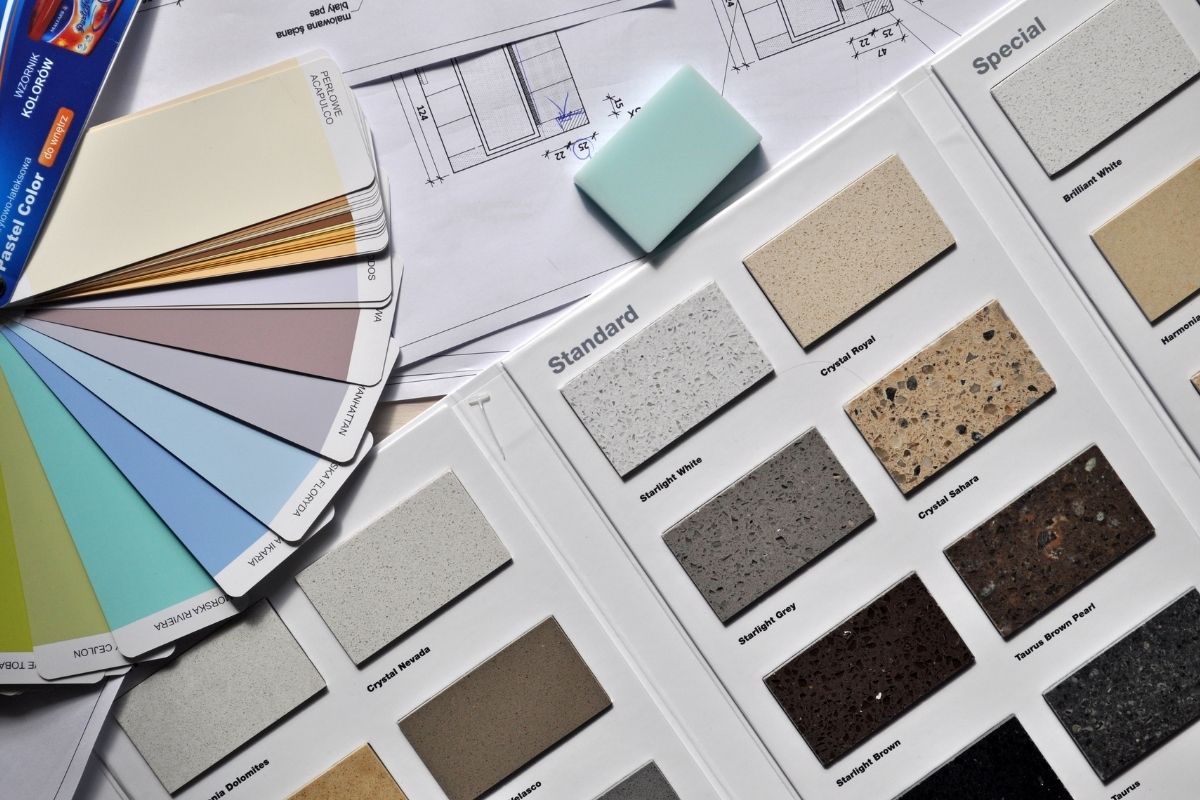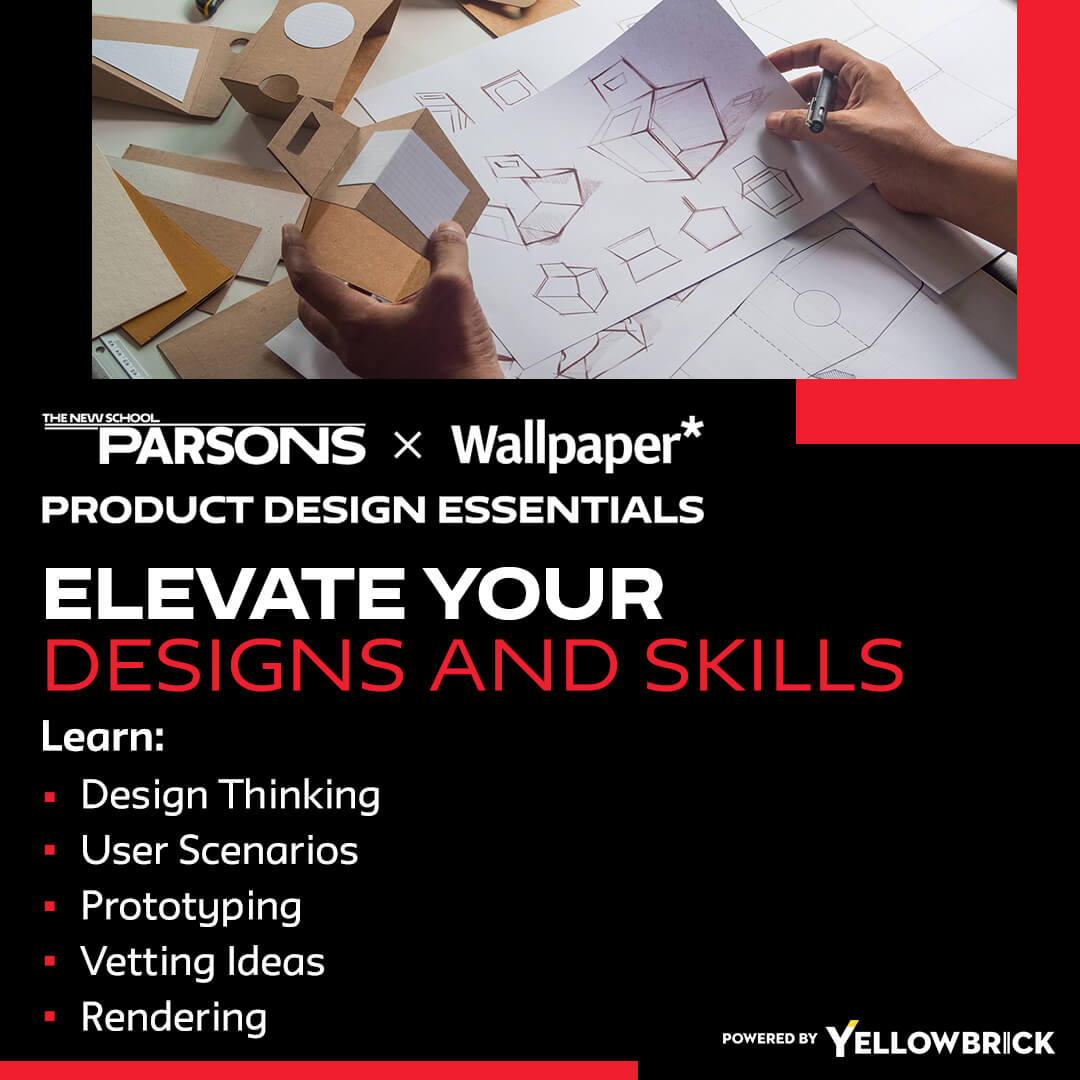After the Moodboard: What Comes Next?

Once you’ve finished a product design moodboard and you present it to someone, they might say, “I love this idea, I want to see more. I’ll give you five days to come back with something more distinctive and worked out.” In that case, you go back home and start thinking about how to do this. You have to search for materials. You have to find some way to create the prototype, which could be anything that represents this idea. At this stage of product development, it could be a paper roll with something on top of it. It doesn’t have to be a complete, thoroughly worked-out prototype because they do come with a hefty price tag most of the time.
Visualizing your idea is a great next step because that gives you a sense of proportion. How big will it be? Are some details more important than others? With prototyping, if you have the money, do a 3D mock-up, as that’s the best way to do it. A combination of a prototype, a physical representation, and a moodboard with material swatches is a really good way to go.
There are lots of services around the country that do the prototyping for you, which you might have heard about in product design education seminars or classes. It comes down to your budget. How much money do you want to invest? How picky is the client to see how distinctive your idea actually is? It’s really up to you to judge what is best for this moment. Maybe you can do a very rough, basic prototype and say: “Here’s my first thinking,” and then ask for a couple more days. At that point, maybe they can help you with some money to provide a better prototype.
Negotiations in Online Product Design Education
In many ways, the next step in product development, after moodboarding and design processing, is negotiation. You need to negotiate with the client or the manufacturer about how far to go in detail. How distinctive does it have to be? Sometimes they want to take it to a focus group, so you would have to do a super polished prototype. Then you may get some financial help from them to do that.
Everything is allowed in the whole spectra for this representation. It’s OK for you to come with a crummy prototype as long as you can talk about it, as long as you can justify why you are showing this paper roll and nothing more. It comes back to you to find a language and explain why you didn’t do more. Alternately, maybe it’s enough, and then you support your idea with other materials around it.


